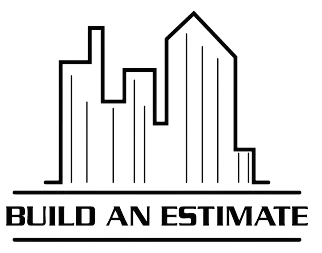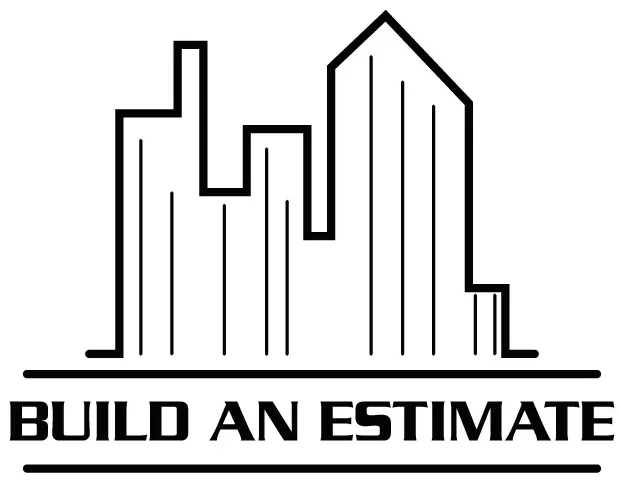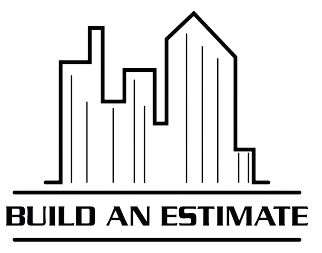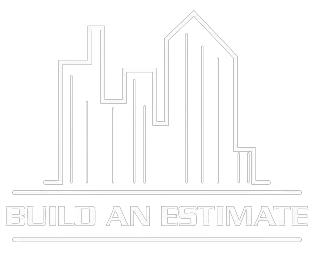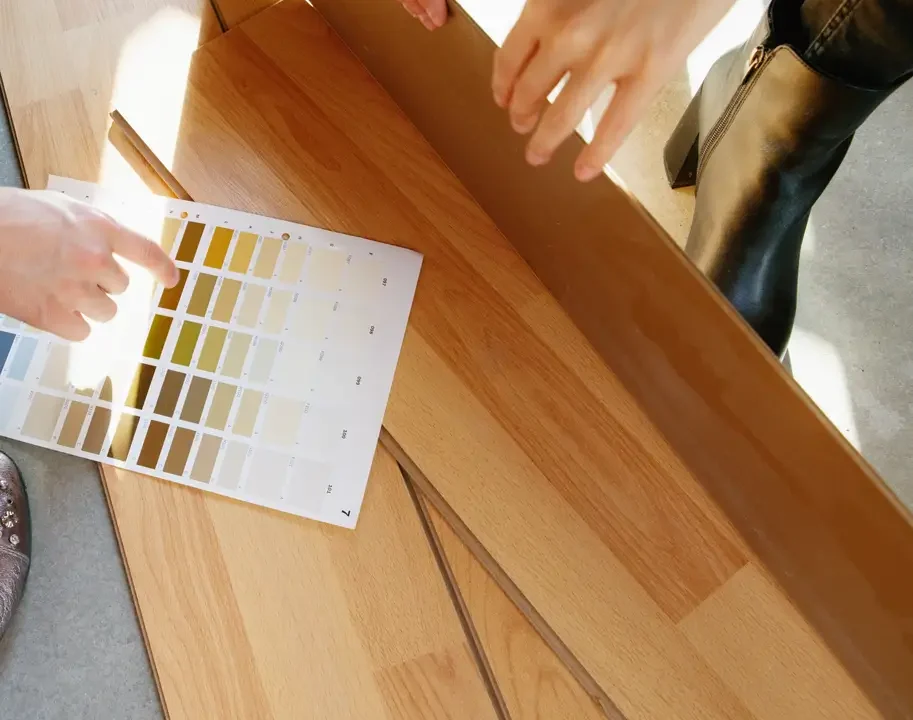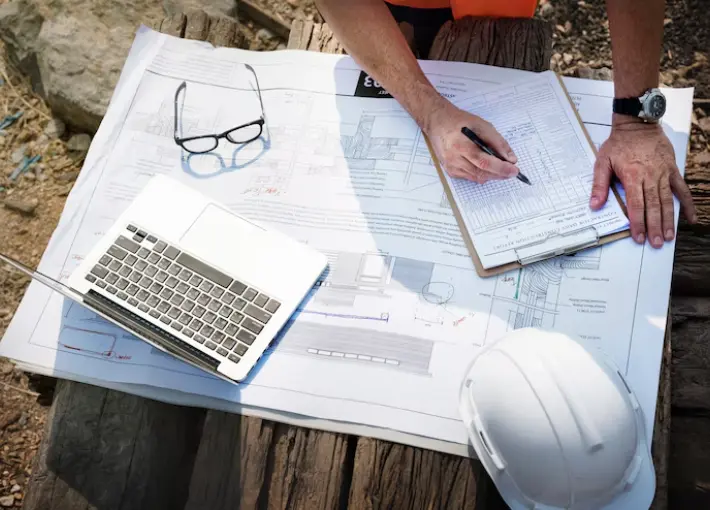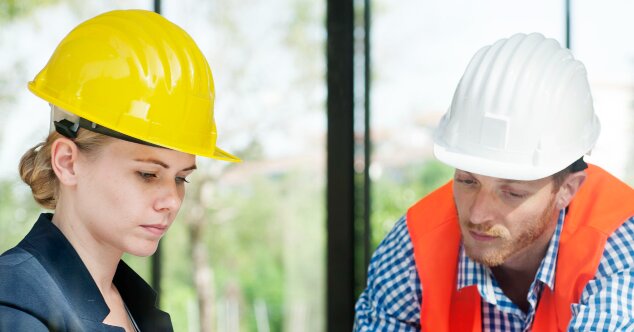- HOME
- SERVICES
- OUR TRADES
- SAMPLES
- Build An Estimate – Accurate Cost Estimating
- CONTACT
- Home
- Services
- Our Trades
- Samples
- Pricing
- Blog
- About Us
- Contact
- HOME
- SERVICES
- OUR TRADES
- SAMPLES
- Build An Estimate – Accurate Cost Estimating
- CONTACT
- Home
- Services
- Our Trades
- Samples
- Pricing
- Blog
- About Us
- Contact

Defining Construction Material Needs – A Practical Approach
October 15, 2024
Construction Cost Estimate: The Definitive Guide to Bidding & Procurement Success in 2025
April 10, 2025New Home Construction Cost Estimates – Things Homeowners Should Know
Estimate New Home Construction Costs
Are you confused in the estimate new home construction costs by the seemingly rising new home construction cost estimates for 2024? Today, homeowners are frustrated by rising material costs, labor shortages, and regional price differences, all of which prevent accurate planning. But without knowing these factors, it’s all too easy to overspend. Using a reliable new house construction cost estimator will give you accurate figures for your project. This article will explore how you navigate these challenges and ably calculate new home construction costs. Read along if you want to learn how to plan effectively.
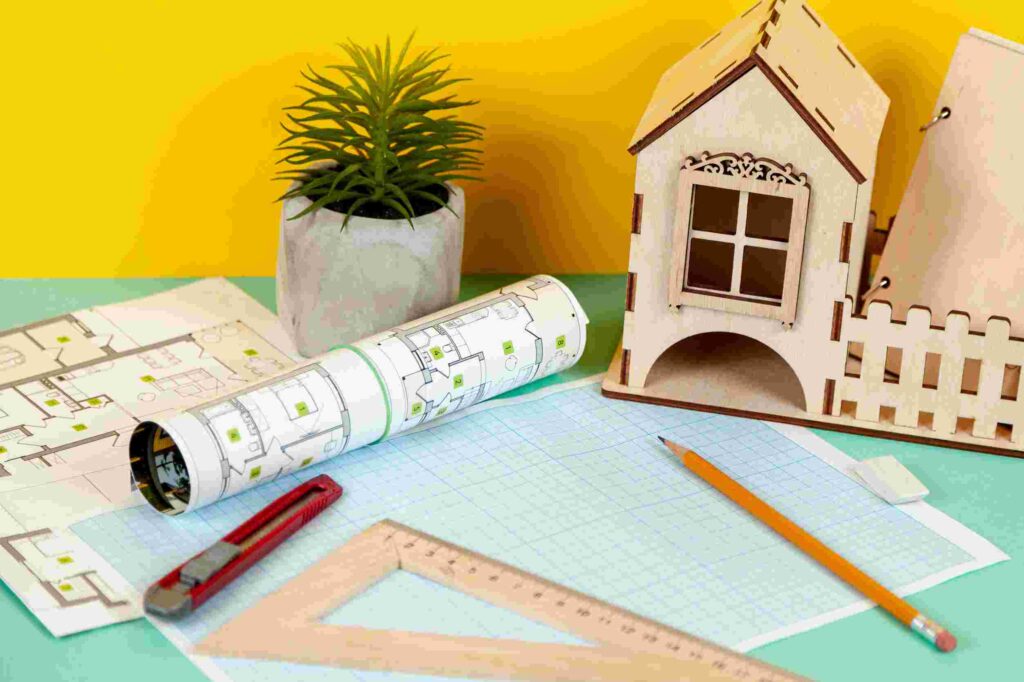
Building a House in 2024: Overview of Key Considerations
When it comes to estimating new home construction costs in 2024, there are several important factors for New or Old Home Cosntruction estimation to take into account that will affect the final amount. The overall expenses are a function of economic climate, building trends, and variations by region. Inflation and labor shortages are forcing homeowners to stay informed to avoid cost overruns out of nowhere. Below are the main things to take into consideration when planning to build a new home.
Key Considerations in Steps
1. Construction Costs and Economic Climate
Building expenses in 2024 are being affected by inflation, labor shortages, and rising material costs (rising material costs). These factors will increase the cost of both materials and labor, so your entire budget will go up.
2. Regional Pricing Variations
The cost estimates of new homes will depend on where you want to have them built. If you’re working on a renovation in a region that has a high cost of labor and material, the price will fluctuate which ought to be considered in your budget.
3. Trends towards Sustainability and Energy Efficiency
These days, home building is increasingly incorporating eco-friendly materials and energy-efficient designs. While they raise upfront costs, these trends bring about long-term savings and are part of the overall value of your home.
4. Accurate Estimates with the help of Technology
The use of a new house construction cost estimator will help ensure that your house construction estimate cost is accurate. With these tools, you can get a detailed and reliable breakdown of expenses and plan accordingly, so you don’t overspend.
With this understanding, you can develop a reasonable budget for your home-building project.
Average Construction Costs Per Square Foot
Regional differences and house size are important factors when you try to estimate new home construction costs. Below are the key factors to consider:

1. Regional Differences
Costs per square foot depend on location. In the urban areas, the costs are higher because of the higher demand for labor and shortage of materials whereas in the rural areas, the costs are lower. Some states like California or New York cost more than others.
2. Average Costs by House Size
A 1,500 sq. ft. home will cost from $150,000 to $300,000. A 2,000 sq. ft. home will run you $200,000 to $400,000.
3. Using a Cost Estimator
A new house construction cost estimator will give you a detailed breakdown of costs based on size, region, and materials to get accurate new home construction cost estimates.
Comprehensive Cost Breakdown by House Type
Accurately estimating new home construction costs requires dissecting out what the costs are for building different types of homes. Here’s a detailed overview:
Single-Family Homes
Location: Land costs are higher in urban areas, and that affects overall budgets.
Size: A 2,500-square-foot home could range from $250,000 to $500,000.
Customization Options: Upgraded kitchens or smart home technology can add 10-15% to the base price.
Multi-Family Units
Types: It includes duplexes, townhouses, and apartment complexes.
Zoning Laws: Costs affected by local regulations and land use.
Cost Range:
Duplexes: Between $400,000 and $800,000.
Apartment Complexes: Depending on a number of units and amenities, can exceed $1 million.
Potential ROI: These projects typically offer a higher return on investment.
Custom Homes
Architect Fees: Accommodations that cost typically 5–15 percent of total construction costs, adding significant expenses.
Specialized Materials: Uses of unique materials also increase costs.
Cost Range: Basic designs run from $300,000, and luxury finishes can run up to $1M.
Prefabricated Homes
Trend: Due to their popularity they are cost-effective.
Construction Method: Sections were built off-site and assembled on location.
Cost Range: From $100,000 to $300,000 based on size and design, typically.
Benefits: Lower labor costs and faster construction timing.
By understanding these factors you’ll be better able to estimate new home construction costs and make better informed decisions as to your building project.
Factors Influencing Overall Construction Expenses
Different factors can impact your estimated costs of new home construction. To manage your budget properly, you must understand these components.

1. Material Costs
Fluctuating Prices: Lumber, concrete, steel, and other building materials can have different prices. For example, lumber prices have been all over the place lately averaging about $600 per thousand board feet. Concrete runs from $100 to $150 per cubic yard, while steel is $700 a ton. And such variations can have a huge impact on your house construction estimate cost.
Cost-Saving Alternatives: Engineered wood products may be cheaper and more sustainable than traditional lumber, so consider them. Moreover, recycled materials may offer a means to control costs without sacrificing to meet building standards. This lets you buy your products tactically when you are up to date with market trends.
2. Labor Costs
Labor Shortages: Currently, construction is in a labor shortage, and average wages for skilled labor range from $25 and $45 an hour depending on the trade and region. If this shortage remains too long, project costs may rise and times may extend.
Regional Variances: Even labor costs differ by region, in which urban areas tend to have higher labor rates than rural areas. To estimate your new home construction cost estimates, you must research local wage rates.
3. Site Preparation
Importance of Site Preparation: There are important activities of land clearing, excavation, and soil testing, and these will cost you from $1,500 to $5,000 or more, depending on the site conditions.
Environmental Considerations: If you’re doing extensive grading or requiring specialized soil testing (which can cost up to $1,000 to $3,000 more), these expenses can add up fast. So factor these in your budget when learning how to estimate house construction costs accurately.
4. Major Systems Installation
Installation Expenses: A large part of construction costs is installing major systems like HVAC, plumbing, and electrical systems.
The prices of HVAC systems vary from $5,000 to $15,000 based on size and complexity.
A plumbing job will cost between $8,000 and $12,000 depending on how many bathrooms and fixtures are involved.
The installation of electrical systems for a standard home might cost anywhere between $6,000 and $10,000.
Size and Complexity: More extensive systems mean a larger investment in the material so labor and homes will be larger requiring more extensive systems. For these expenses, use the new house construction cost estimator.
Pre-Construction Expenses
Before you begin your build, you must estimate new home construction correctly by estimating preliminary expenses. These costs make it easier for homeowners to plan, and to avoid unexpected costs down the road.
1. Land Purchasing
Factors to Consider: Location, zoning, and accessibility are all important when you buy land. In urban areas properties generally fetch a higher price when compared to properties in rural settings. Let’s look at one example: the land in suburban areas may range from $50,000 to $150,000 or more if it has size and amenities.
Zoning Laws: Make sure that the land can be built on for residential construction. Verify which structures are allowed and any restrictions by looking into local zoning regulations.
2. Permits and Fees
Common Permits Required: Permits have to be secured by homeowners before construction can begin. Typical permits include:
- Building Permit: $500 – $2,000
- Electrical Permit: $100 – $500
- Plumbing Permit: $100 – $500
Total Costs: The overall permit fees can range from $1,000 to $3,000 depending on local regulations. In your area, it’s very important to check with your local government about their very particular requirements.
3. Design and Architectural Fees
Budgeting for Design: If you’re building custom, plan for design and architectural fees. Homeowners should expect to pay:
Architectural Fees: A 5% to 15% share of the total construction budget. For instance, let’s say you have a total build cost of $300,000, then you may need to allot between $15,000 and $45,000 for design services.
Designer Fees: If you are hiring an interior designer, you will be adding to that sum at $50 to $200 per hour or a flat fee depending on the scope of the project.
Importance of Planning: A well-designed project can save you from unscheduled changes on the job site and help your project stay on schedule.
Checklist for New House Construction
A comprehensive checklist for planning to estimate new home construction costs can help you streamline the entire process. Use these steps to make sure that you are touching on all the major things in your new home construction project.
1. Planning and Design Phase
Schedule Design Consultations: Get together with architects or designers to come up with a layout that fits your needs.
Create a Realistic Budget: Raise the house construction estimate cost to include materials, labor, and costs. It allows you to set out financial limits for the project.
2. Permitting Process
Research Local Regulations: You need to understand the kind of permits that are needed.
Obtain Necessary Permits: Obtain secure building permits, zoning permits, and any other necessary documentation to meet local regulations. This is a critical step because later in the process a delay might be costly.
3. Selecting Contractors and Suppliers
Research Contractors: Choose professionals with a good track record.
Negotiate Contracts: Talk about payment terms and deadlines. Evaluate different contractors using a new house construction cost estimator to see what it costs, so you are making informed choices.
4. Construction Timeline and Milestones
Establish a Timeline: Determine expected timelines for each phase of the project from groundbreaking to completion.
Identify Key Milestones: Work backward and determine critical milestones such as the completion of the foundation, framing, and final inspections. Check this timeline every once in a while to keep track of progress and stay on track.
